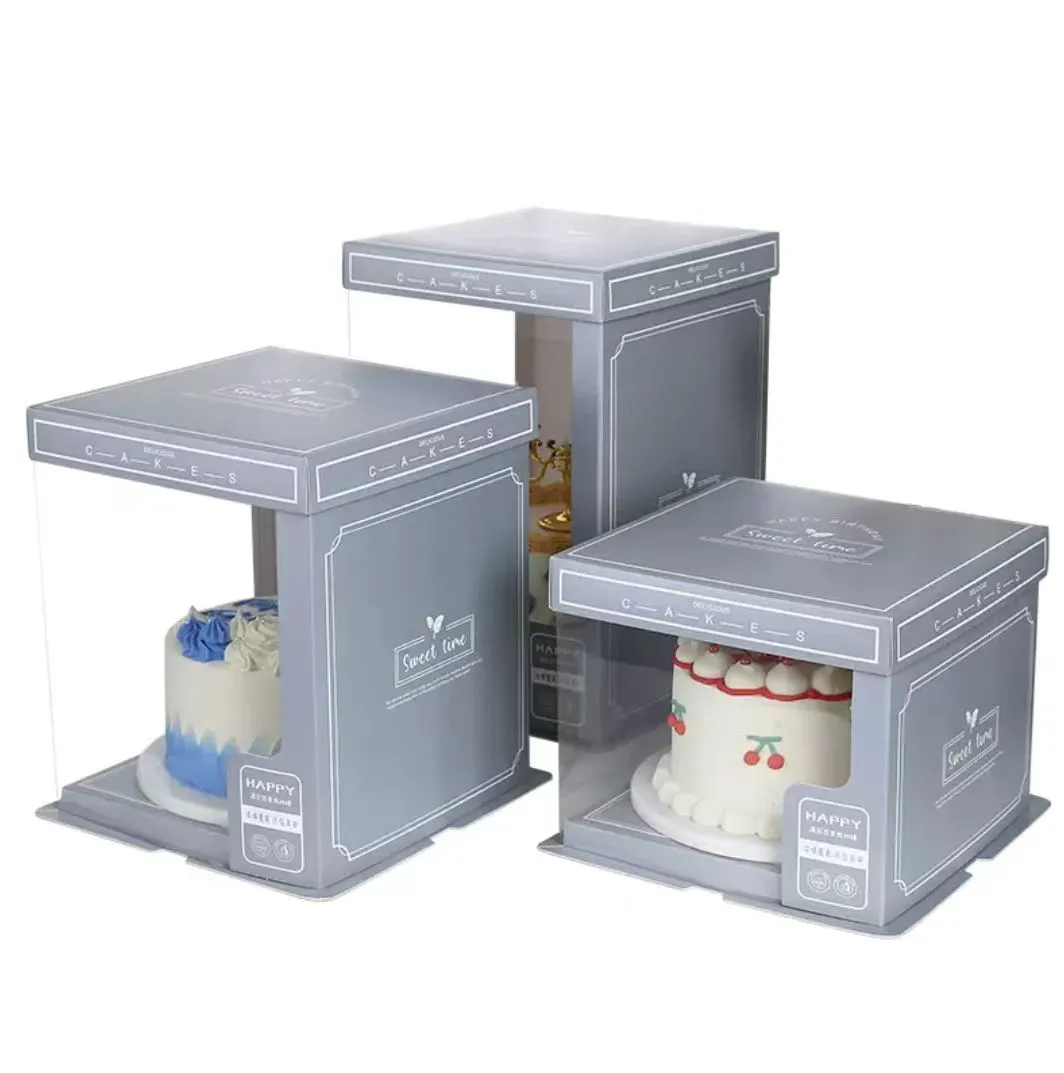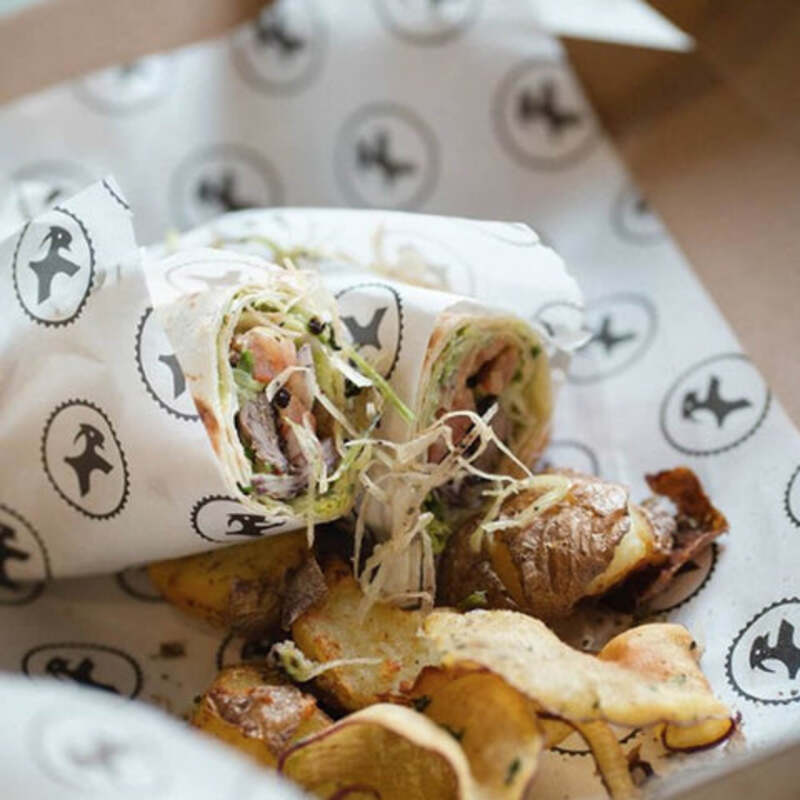2 月 . 12, 2025 14:02
In the ever-evolving landscape of consumer preferences and retail dynamics, wine packaging has emerged as a crucial element that transcends mere functionality. A successful wine packaging design not only preserves the quality of the wine but also serves as a powerful marketing tool that can influence consumer behavior and ultimately drive sales. As wineries and retailers recognize the growing importance of packaging, they are embracing innovative approaches to meet the demands of a more discerning and environmentally-conscious audience.

Wine packaging plays a significant role in the perception and identity of a brand. The visual appeal of a wine bottle can spark interest and communicate a story long before the cork is popped. This is where the expertise of skilled designers and marketers converges, to craft packaging that resonates with target consumers. The choice of materials, colors, typography, and bottle shape are just a few elements that are meticulously considered to ensure that the wine stands out on a crowded shelf. The use of high-quality, aesthetic designs that offer authenticity and a touch of sophistication can propel a mid-tier wine into the premium market, enhancing its perceived value and fostering brand loyalty.
Expertise in wine packaging also involves a deep understanding of technical aspects. The type of material used in packaging, such as glass versus alternative materials, can impact the wine's storage life and environmental footprint. Traditionally, glass has been the go-to material due to its inert nature, but its weight and fragility have pushed the industry to explore options such as PET plastics, aluminum cans, and even Tetra Pak cartons, which offer increased portability and sustainability. Brands like Coppola have successfully leveraged canned wine packaging to appeal to a younger audience seeking convenience and eco-friendliness, capturing a new segment of the market.

Sustainability continues to be a driving force behind many innovations in wine packaging. As environmental consciousness grows, both producers and consumers are demanding more sustainable solutions. This shift is seen in the adoption of lightweight glass bottles, which not only reduce transportation costs and carbon emissions but also appeal to the green values held by many consumers today. Furthermore, advances such as biodegradable labels and inks, as well as the introduction of refillable bottle programs, have positioned brands as leaders in sustainability, earning the trust and admiration of their audience.
wine packaging
Establishing authoritativeness in the wine industry is achieved through certifications and adherence to regulations governing packaging standards. Labels that display accolades from wine competitions or sustainable certifications play a substantial role in influencing purchasing decisions. Wine producers that comply with international standards, such as the ISO 14001 for Environmental Management, also convey a commitment to quality and responsibility, strengthening the brand's authority and trustworthiness in the eyes of consumers.
For a brand to build trust, transparency is critical. Detailing the story behind the wine, its regional authenticity, and the craft behind its production can be communicated effectively through packaging. This transparency not only educates the consumer about the wine's origins but also fosters a connection that transcends the transactional nature of the purchase.
Innovative technologies have further enhanced wine packaging's reliability and user-friendliness. Augmented reality experiences, where consumers can scan a wine label to unlock multimedia content related to the wine’s story, tasting notes, and food pairings, add an interactive dimension to the consumer experience. Such technology enhances the engagement and memorability of the wine, encouraging repeat purchases.
In conclusion, effective wine packaging combines the art of design with the science of materials and a deep understanding of consumer psychology. Its role extends beyond the aesthetic to encompass sustainability, authority, and trustworthiness. As wine producers continue to navigate a competitive market, harnessing the potential of innovative packaging strategies not only serves to differentiate their products but also connects deeper with an evolving consumer base that values authenticity, sustainability, and engagement. For those in the wine industry seeking to gain a competitive edge, investing in cutting-edge, consumer-centric packaging solutions is not just an option but a requisite for success.





